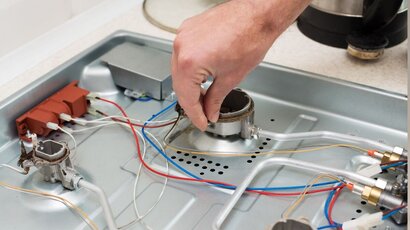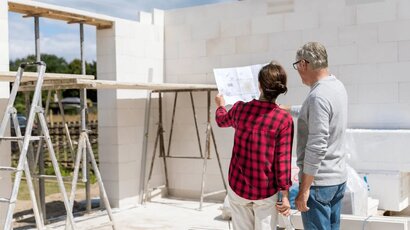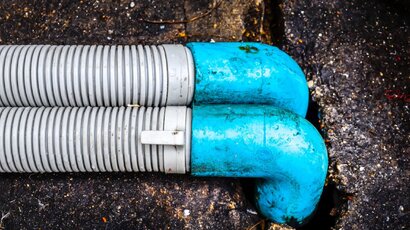Installing A New Gas Line
Thinking about installing a new gas line? This guide walks you through the entire process. From obtaining the necessary permits to connecting your appliance, we provide clear instructions and safety tips.
Did you know more than 5.1 million Australian homes were connected to the gas network in 2021? With gas being such a staple energy source, it’s essential to ensure that gas lines at home are installed properly. It’s not just about convenience; it’s a critical safety factor.
Getting the gas line installed correctly reduces the chance of leaks, which can cause dangerous explosions or health hazards like carbon monoxide poisoning. Also, when a gas line is set up efficiently, it ensures the gas flows properly, cutting down on waste and helping to lower those energy bills.
Having a secure and efficient gas system is vital in places like Victoria, where residential gas use is at its peak. Investing in professional gas line installation is key to safety and efficiency. It offers peace of mind and brings economic benefits to homeowners.
Before installing a new gas line, it’s essential to assess its need. This initial step involves evaluating your home’s current and future gas requirements, such as heating, cooking, and hot water demands. Understanding these needs helps determine the appropriate size and capacity of the gas line.
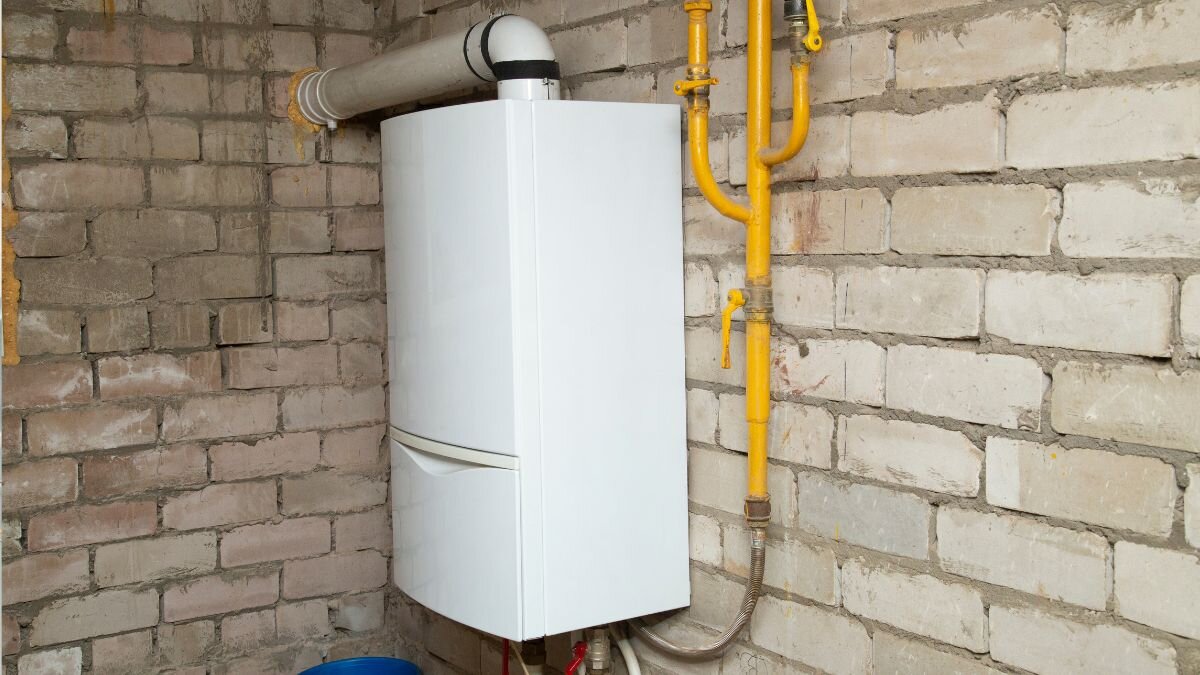
Professional consultation is crucial in this process. Engaging a licensed gas fitter ensures that the planning and installation meet safety standards and efficiency requirements. These experts can provide valuable insights and recommendations tailored to your specific situation.
Additionally, obtaining the necessary permits and adhering to local regulations is imperative. Strict safety codes govern gas line installations to prevent hazards. Professionals can navigate these regulatory requirements, ensuring that all paperwork is in order and that the installation complies with legal standards. Proper preparation, including thorough planning and adherence to regulations, is the foundation of a safe and efficient gas line installation.
Selecting the appropriate material for installing a gas line is crucial for safety and efficiency. Common materials used include copper, steel, and flexible gas lines.
Copper is known for its durability and resistance to corrosion. It’s relatively easy to install and has a long lifespan. However, copper can be more expensive and may not be suitable for all types of gas, especially if there are high sulphur contents.
Steel, particularly black steel, is often used for gas lines due to its strength and ability to handle high pressures. It’s durable and cost-effective but can be prone to rust over time, requiring proper maintenance and protection.
Flexible gas lines, such as Corrugated Stainless Steel Tubing (CSST), offer ease of installation and flexibility, making them ideal for complex layouts. They are less labour-intensive and can reduce installation time. However, they can be more expensive than traditional piping and may require additional grounding for safety.
When choosing a material, consider factors like the type of gas, installation environment, budget, and local building codes. Consulting with a professional can help determine the best material for your specific needs.
Before beginning any gas line installation, it’s crucial to follow strict safety measures. Ensure that all gas supply is turned off to prevent accidental leaks. Use appropriate personal protective equipment (PPE) such as gloves, goggles, and protective clothing to safeguard against potential hazards.
Identifying and marking existing utilities is vital to avoid damaging other lines during installation. Contact local utility companies to get a detailed map of underground utilities. Use markers or flags to clearly indicate the locations of water, electrical, and sewer lines. This step helps prevent costly and dangerous mishaps.
Clear the installation site of obstructions and ensure easy access to tools and materials. Excavate the area where the gas line will be laid, following the planned route. The trench should be of suitable depth and width according to local building codes and the type of gas line material used. Proper site preparation facilitates a smooth and efficient installation process, ensuring safety and compliance with regulations.
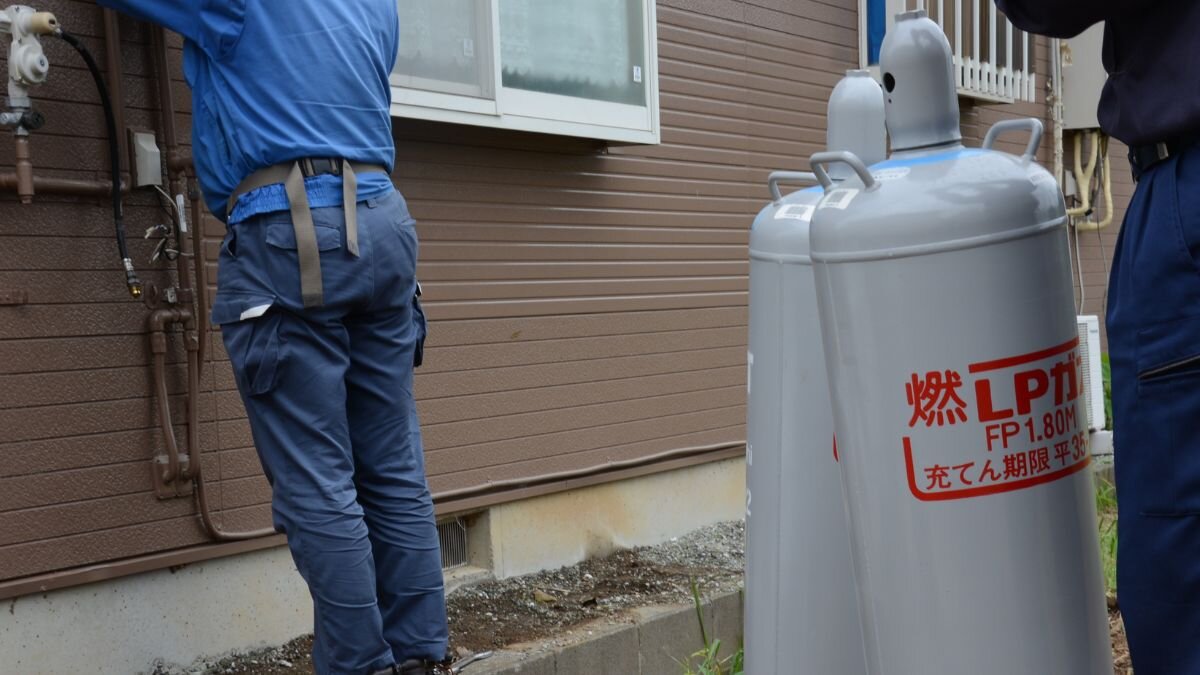
Connecting the new gas line to the main supply is a crucial step that requires precision and expertise. Begin by ensuring the main gas supply is turned off.
Clean and prepare the connection points on the new gas and main supply lines. Use appropriate fittings and connectors to join the new line securely to the main supply. Apply pipe joint compound or Teflon tape to threads to ensure a tight, leak-free connection.
Leak testing and pressure testing are essential to ensure the integrity of the gas line. After making the connection, perform a leak test by applying a soapy water solution to the joints and observing for bubbles that indicate leaks. Conduct a pressure test by sealing the line and applying pressure with a gauge to check for any drops over time. These tests help prevent dangerous gas leaks, ensuring safety and compliance.
A licensed gas fitter plays a critical role in this process. They bring expertise and knowledge to ensure all connections are secure and comply with local safety regulations. Their certification and experience are vital in performing accurate tests, making necessary adjustments, and providing a safe and reliable gas supply connection.
After installing and connecting the gas line, it is essential to undergo final inspections by local authorities or certified professionals. These inspections verify that the installation complies with all safety codes and regulations. Authorities will check the integrity of connections, the proper depth of the line, and adherence to building codes.
Thorough testing, including pressure and leak tests, is critical to ensure no faults or potential hazards. These tests confirm the system’s safety and functionality, providing peace of mind and avoiding future risks. Ensuring all inspections and tests are passed guarantees a safe, compliant, and reliable gas line installation.
Regular maintenance is crucial to ensuring the longevity and safety of your gas line. Schedule annual inspections by a licensed gas fitter to check for leaks, corrosion, and wear. Keep the area around the gas line clear of debris and vegetation to prevent damage.
Additionally, monitor your gas appliances for malfunctions, which can indicate issues with the gas line. Promptly address any unusual smells or hissing sounds. Regularly servicing your gas appliances and system will help maintain efficiency and prevent potential hazards, ensuring a safe and reliable gas supply.
Installing a new gas line is a meticulous process that demands careful planning, precise execution, and strict adherence to safety standards. Each step is crucial to ensure a safe and efficient gas supply, from assessing the need and selecting the right materials to securing permits and performing thorough tests. Proper installation not only safeguards your home from potential hazards but also enhances the efficiency of your gas appliances, providing long-term benefits in terms of safety and cost savings.
For homeowners looking to install or upgrade their gas lines, seeking professional assistance is essential. WP Plumbing stands out with its expertise and commitment to safety.
Our team of licensed gas fitters has extensive experience in handling all aspects of gas line installations, ensuring compliance with all local regulations and standards. By choosing WP Plumbing, you can be confident that your gas line installation will be carried out professionally and carefully. Call us today for reliable and safe gas fitting services that you can trust.
Discover essential tips for safely using gas appliances in your home. This guide provides practical advice to protect your family and prevent potential hazards, ensuring a safe and efficient household environment.
Equipping a new custom build? This guide covers key tips for Melbourne homeowners on choosing the perfect appliances. Learn how smart planning for size, efficiency, and integration prevents headaches.
Proper drain venting and slope are essential for a smooth-flowing plumbing system. A poorly sloped drain can lead to clogs and backups, while inadequate venting causes gurgling noises and foul odours. This guide will walk you through the steps to ensure your drains are installed correctly.
